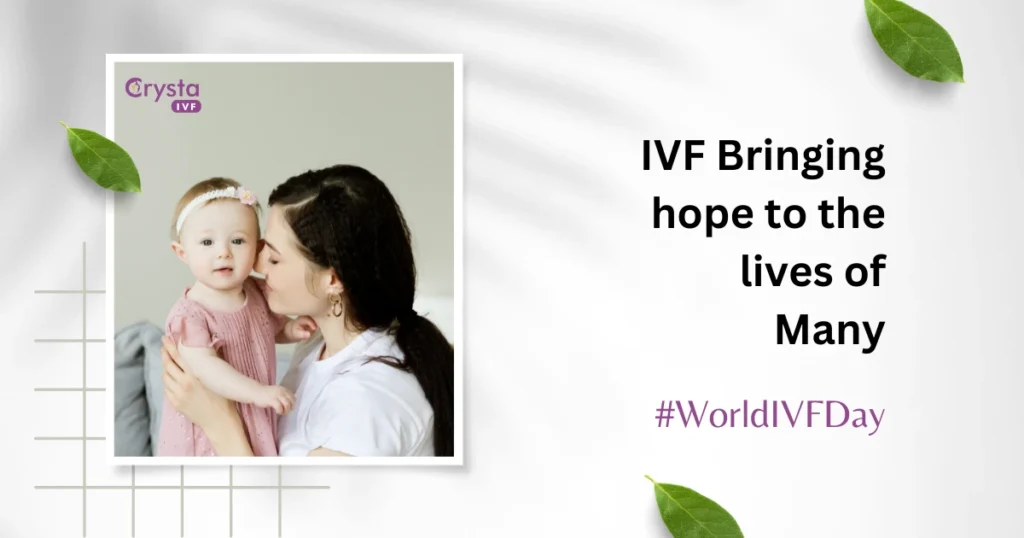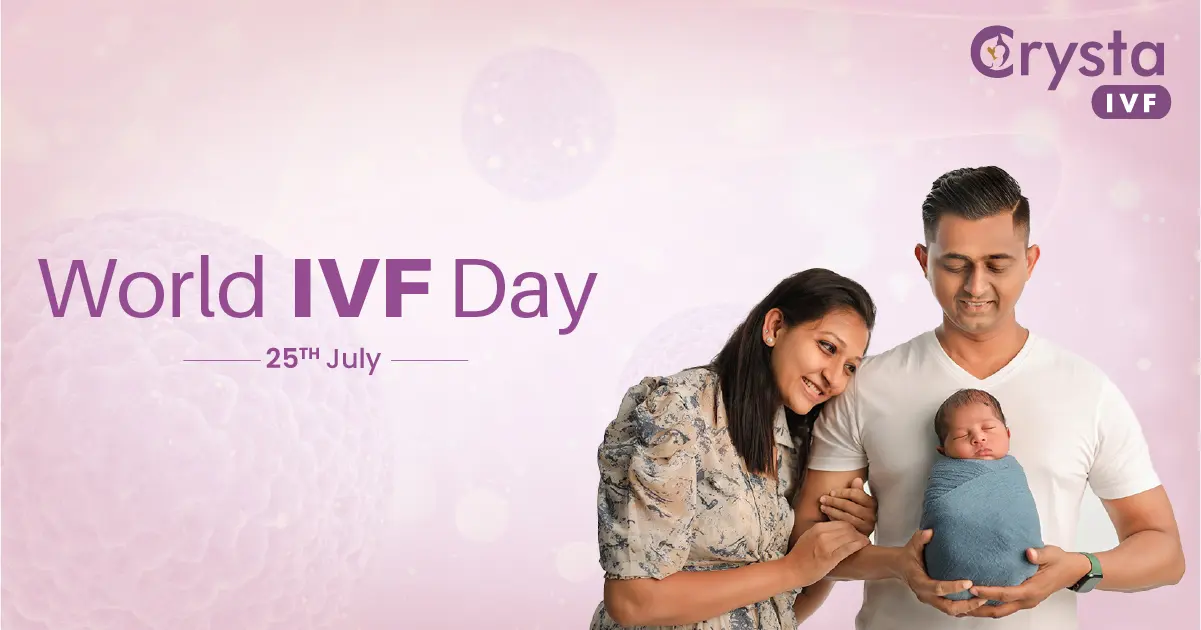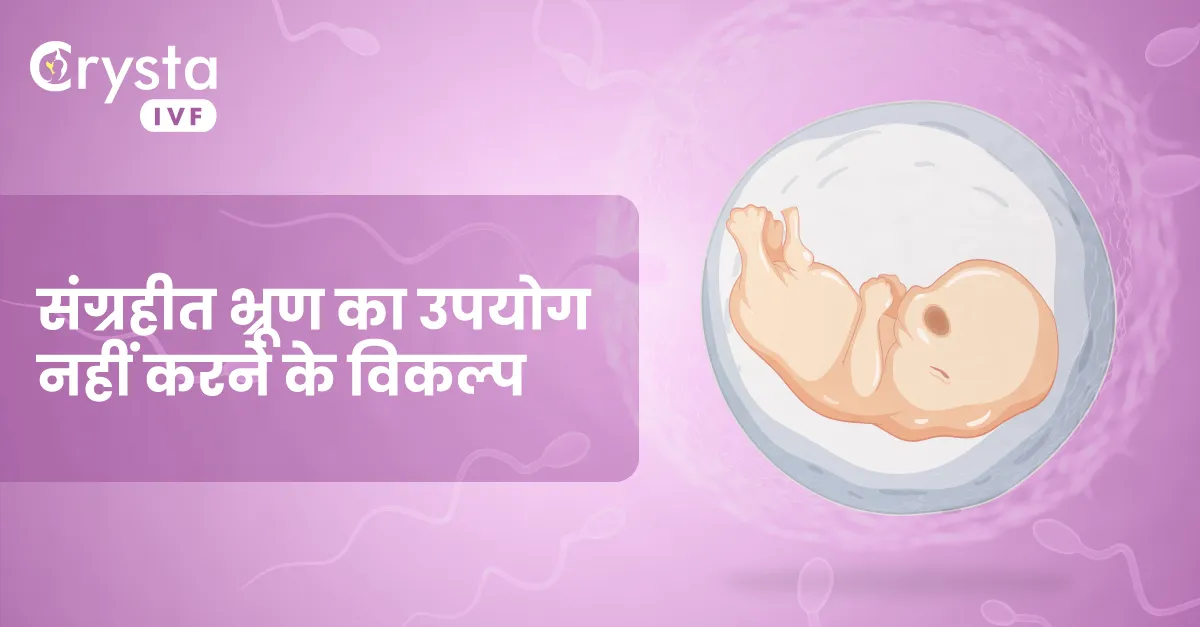Also known as World Embryologist Day, World IVF Day is celebrated on the 25th of July every year. It is celebrated to spread awareness about In-vitro fertilization technology and to honour embryologists’ incredible work.
To celebrate World IVF Day today, we are back once again with this blog to take you on a roller coaster ride. To take a look at a fascinating timeline of breakthrough achievements in IVF and embryology that made it possible for couples to overcome all the barriers and become happy parents.
Why 25th July?
On July 25, World IVF Day honours the birthday of Louise Brown, the world’s first baby born through In Vitro Fertilization (IVF) in Oldham, United Kingdom, in 1978. Since that historic moment, IVF has assisted numerous couples and enabled the birth of over 8 million babies worldwide.
To gain a comprehensive knowledge of IVF and to know its importance in changing our lives, let’s shed some light on In-vitro fertilization technology.
IVF: A breakthrough technology in the world!
In-Vitro Fertilization is a complex series of procedures usually performed to help with fertility while preventing any obstacles from arriving on the same journey so that a healthy conception can occur.
During IVF, mature eggs are retrieved from the ovaries and fertilised by sperm in a lab to develop an embryo. Later, the resulting embryo is transferred to the uterus to be implanted into the uterine lining.
Generally, a full IVF cycle takes about three weeks, but in certain conditions, the IVF process steps are split into different parts, which results in the IVF process taking longer than anticipated.
The procedure to make an embryo is performed by a skilled embryologist, to understand what they do and what procedure they follow, do not forget to scroll down and read more.
What do you understand by an IVF embryologist, and what do they do?
Embryologists are scientific professionals primarily operating in laboratories and are responsible for nurturing the embryo’s development for IVF transfers or preservation for future use. With their continuous attention and dedicated care throughout the entire IVF process, they are often termed “caretakers” of a patient’s sperm, eggs or embryos.
With the main goal to develop embryos and to ensure every couple can successfully lead a happy parent’s life, they perform these duties:
- Lab Environment maintenance
- Fertility Assessment
- Egg insemination and embryo creation
- Embryo development monitoring
- Embryo grading and observation
- Genetic testing of embryos
- Sperm, Egg and Embryo Preservation
- Embryo selection for transfer
Long, in short, embryologists are those superheroes in the invisible cape, who work hard every day with the only goal to make sure every single couple combating infertility challenges can overcome it at the earliest possible time.
Besides, acknowledging the embryologist’s role in the IVF process, it is time to study the history of embryology and IVF to determine how far we have come.
Milestones achieved in the history of embryology and IVF

On the occasion of World IVF/Embryologist Day. let’s pay tribute to exceptional pioneers who stood tall in the world of chaos, fearlessly pushed the boundaries and opened doors to previously unimaginable possibilities.
Their remarkable contributions have laid the solid foundation upon which all subsequent advancements in IVF have flourished, making it the most successful and popular technology accepted as fertility treatment that we celebrate today.
1890: The first-ever reported case of embryo transplantation in rabbits
1959: The groundbreaking achievement of the first nonhuman mammal birth through IVF was accomplished with the birth of a rabbit.
1969: In the year 1969, a momentous milestone was accomplished when a human egg was successfully fertilized for the first time outside a woman’s body.
1973: Following the transfer of an embryo into the uterus, a vital achievement was marked with a positive pregnancy test. Though the outcome didn’t turn out to be a positive one, the pregnancy ended in an early miscarriage.
1978: This time, with the successful collaborative work of Sir Robert Edwards and Patrick Steptoe, the first baby was born through IVF. Lousie Brown was born on July 25, 1978, and for this biggest achievement, Sir Robert Edwards received a Nobel Prize in 2010 for IVF treatment development.
1983: In 1983, a groundbreaking moment was witnessed when the Monash IVF team in Australia accomplished the birth of the first baby through egg donation. Additionally, they achieved another remarkable milestone by establishing the first pregnancy using a donor embryo during the same year.
1984: This is the year when the first baby was born with the help of cryopreserved embryos
1990: The world witnessed the advancement of science in human embryology for the very first time when Preimplantation Genetic Diagnosis (PGD) was successfully applied.
1992: Intracytoplasmic sperm injection is performed for the very first time.
It is an assistance to IVF, where sperm is manually injected with the help of a needle into the centre of an egg to feritlize it successfully.
Studying this remarkable journey brings a lifetime of joy and hope to countless couples, we are thankful to every fertility expert who stood by us throughout all the circumstances and remains unbreakable even in the hard times.
No one has ever thought that with the amalgamation of science and technology, anyone can be able to bring back the lost happiness in their life and aspire to become parents.
We express our deep gratitude to the pioneering embryologists who laid the foundation for modern-day IVF and to the exceptional embryologists for their non-stop dedication to the patients. Their unwavering dedication and passion make it possible for every couple to not stop dreaming and thinking about going the extra mile.
At Crysta IVF, we eagerly anticipate celebrating World IVF Day 2023, a day dedicated to honouring the life-giving contributions of embryology! Kudos to our fertility experts, IVF specialists, and embryologists for giving every single couple out there hope once again!




